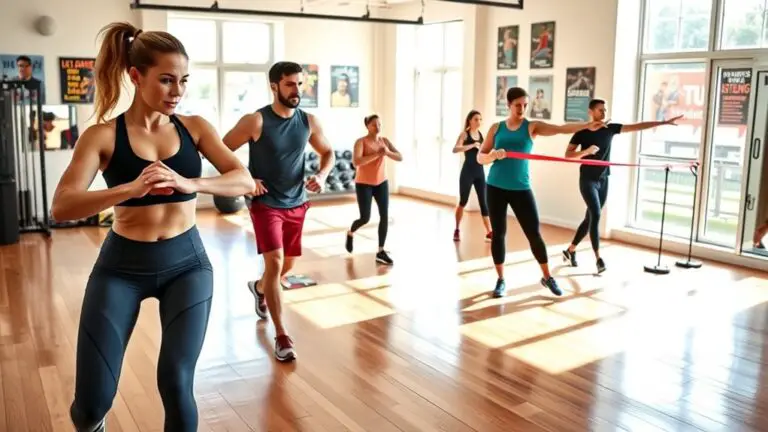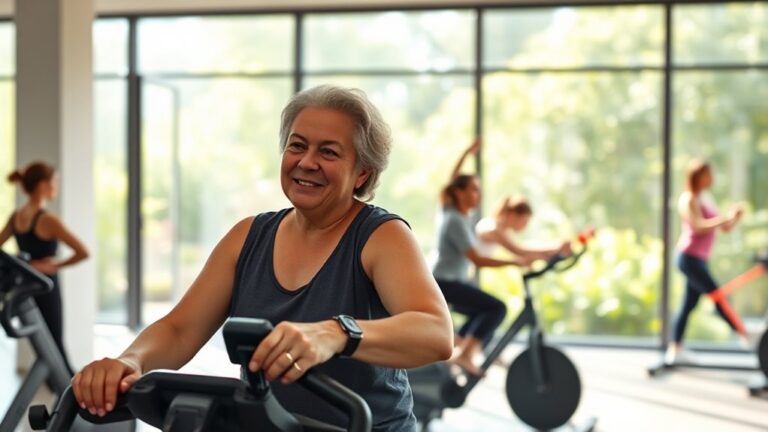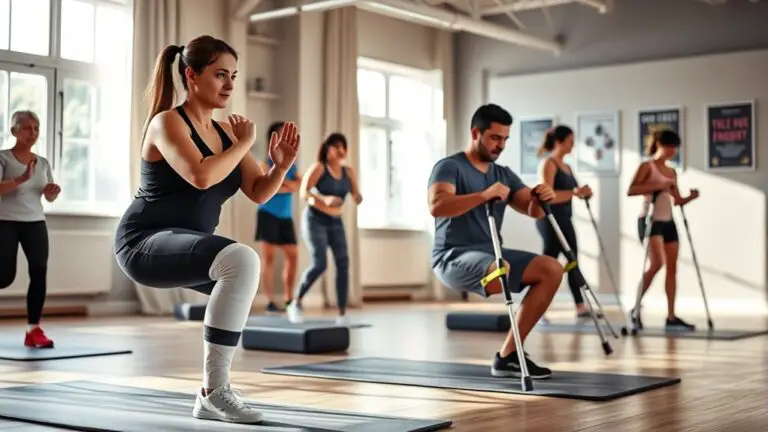The Importance of Mobility Work for Injury Prevention
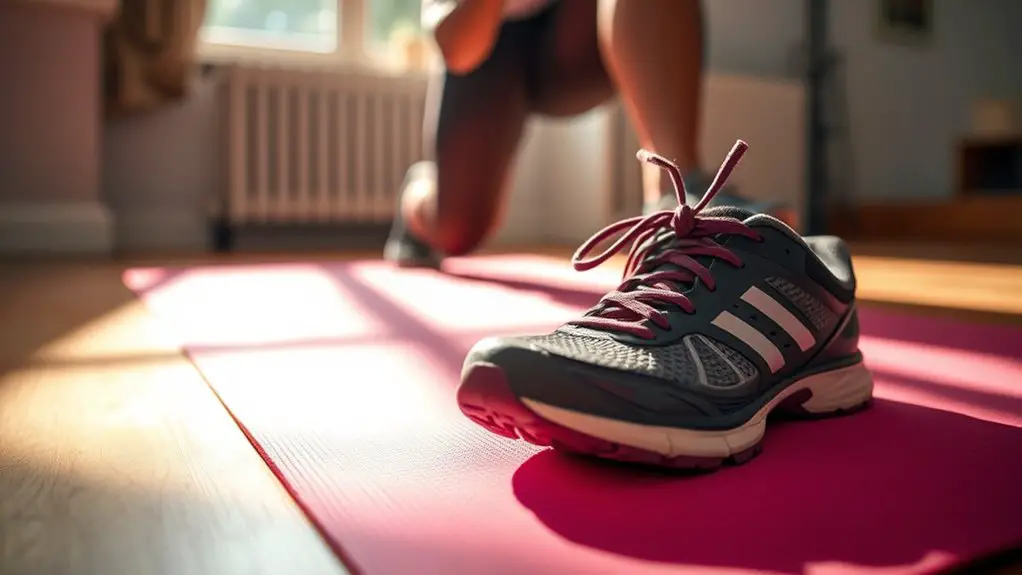
Mobility work is crucial for injury prevention as it enhances your joint flexibility, strength, and overall movement patterns. By incorporating dynamic stretching and foam rolling into your routine, you can improve your range of motion and reduce muscle tension. This proactive approach helps minimize the risk of musculoskeletal issues and enhances athletic performance. Prioritizing mobility is fundamental not just for athletes but for everyone. Discover more about effective mobility strategies to maintain long-term health and prevent injuries.
Understanding Mobility and Its Benefits
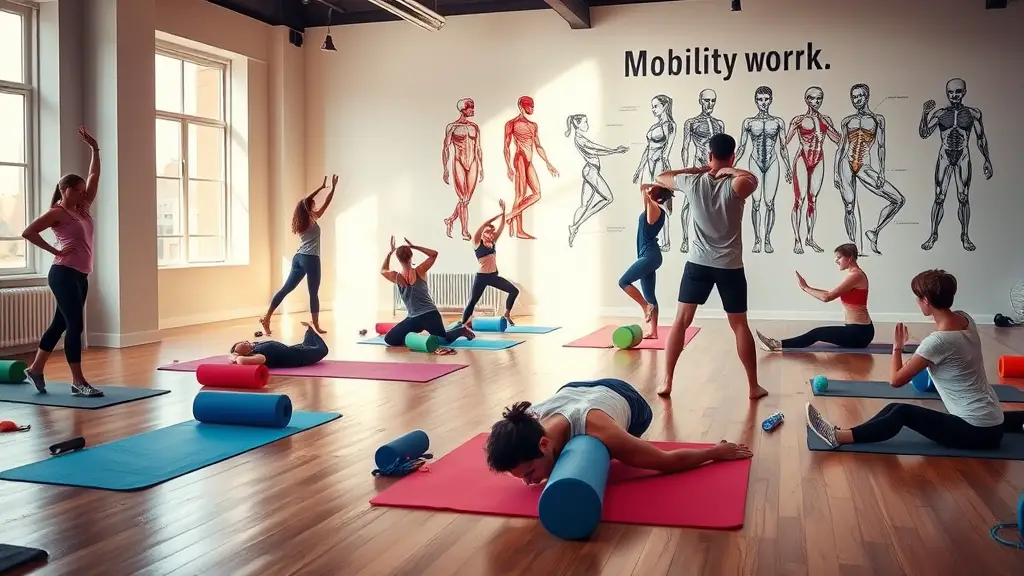
While you may think of mobility solely regarding flexibility, it actually encompasses a broader range of movement and functional capability that can greatly impact your overall health. Mobility is essential for daily activities and athletic performance, as it combines joint flexibility with strength and balance. Engaging in dynamic stretching can enhance your mobility by promoting blood flow to the muscles and preparing them for movement. This practice not only increases joint flexibility but also helps prevent injuries by ensuring that your body can adapt to varying physical demands. Research shows that improved mobility can lead to better posture, reduced muscle tension, and enhanced athletic performance. By incorporating mobility work into your routine, you’re not just stretching; you’re actively supporting your body’s ability to move efficiently and effectively. Prioritizing mobility can serve as a proactive measure to protect against injuries and enhance your overall physical well-being.
Common Myths About Mobility Work
What misconceptions do people often have about mobility work? One common mobility misconception is that it’s the same as stretching. While stretching focuses on muscle elongation, mobility work involves improving joint range of motion and control. Another flexibility myth is that you need to be flexible to benefit from mobility exercises; in reality, even those with limited flexibility can gain significant advantages. Some believe mobility work is only for athletes or those with injuries, but it’s essential for everyone, as it promotes overall joint health and functional movement. Additionally, many think that mobility work only needs to be done before workouts, but incorporating it regularly can enhance performance and prevent injuries. Finally, the idea that mobility work is a time-consuming process is misleading; even short, focused sessions can yield substantial benefits. Understanding these myths can help you incorporate effective mobility strategies into your routine.
Key Mobility Exercises for Injury Prevention
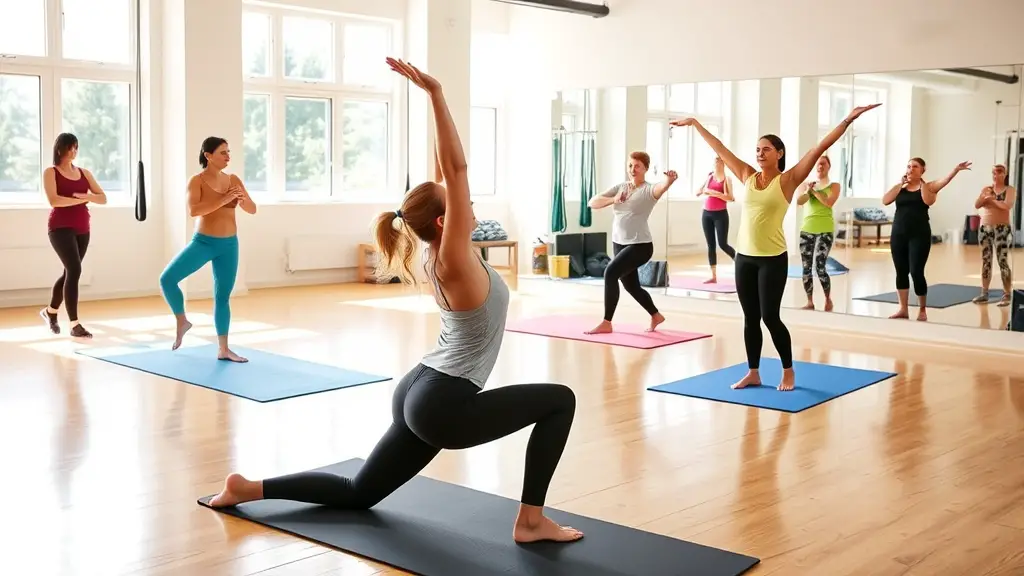
Incorporating key mobility exercises into your routine can considerably reduce the risk of injury and enhance overall physical performance. Dynamic stretching is essential, as it prepares your muscles and joints for activity by increasing blood flow and flexibility. Focus on movements like leg swings, arm circles, and torso twists to activate multiple muscle groups effectively.
Foam rolling complements dynamic stretching by targeting muscle tightness and releasing fascia, which can restrict movement. Regularly using a foam roller on areas such as the calves, quads, and back helps improve tissue quality and enhances recovery.
Combining these methods creates a well-rounded approach to mobility work, promoting better range of motion and reducing the likelihood of injuries. Consistency in practicing these key exercises can lead to significant improvements in your overall physical capabilities and long-term health.
How to Incorporate Mobility Work Into Your Routine
To effectively integrate mobility work into your routine, consider setting aside specific times for these exercises, ideally before and after your workouts. Start with dynamic stretching to prepare your muscles and joints, enhancing your range of motion and reducing injury risk. Aim for 5-10 minutes of dynamic movements targeting major muscle groups, such as leg swings and arm circles.
After your workouts, incorporate foam rolling to aid recovery and alleviate muscle tightness. Spend 10-15 minutes using a foam roller on areas that feel tight or sore, focusing on the quadriceps, hamstrings, and back. This technique improves blood flow and promotes muscle relaxation.
Consistency is key; aim to perform mobility work at least three times a week. By prioritizing these practices, you’ll enhance your overall performance, maintain joint health, and greatly lower the likelihood of injuries.
The Long-Term Impact of Enhanced Mobility on Health
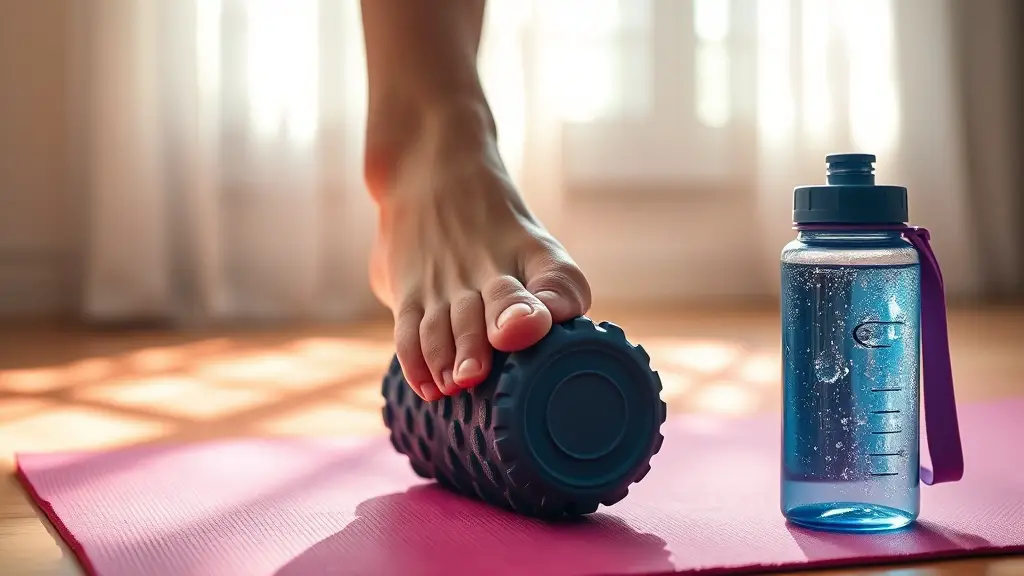
While many people focus on immediate benefits, the long-term impact of enhanced mobility on health can be profound. Improved mobility contributes greatly to long-term health by fostering enhanced flexibility, which allows for better movement patterns and reduced injury risk. Research indicates that individuals who prioritize mobility work report fewer musculoskeletal issues and experience less chronic pain over time. Enhanced flexibility also facilitates improved circulation and joint health, which are essential for maintaining physical activity as you age. This increased range of motion can lead to a more active lifestyle, ultimately reducing the risk of conditions such as obesity and cardiovascular disease. Additionally, enhanced mobility promotes better posture, which can alleviate strain on the spine and surrounding muscles. Overall, investing in mobility work today not only enhances your performance now but also lays the foundation for sustained well-being in the future.
Frequently Asked Questions
Can Mobility Work Improve Athletic Performance?
Yes, mobility work can greatly improve athletic performance. When you focus on mobility benefits, you’re enhancing your athletic flexibility, which allows for a greater range of motion and better movement efficiency. Research shows that athletes who incorporate mobility training often experience improved strength, speed, and overall performance. By prioritizing mobility, you can access your body’s potential, reduce compensatory movements, and enhance your training outcomes, ultimately leading to superior athletic achievements.
How Often Should I Do Mobility Exercises?
You should incorporate mobility exercises into your daily routine for maximum benefits. Research suggests aiming for at least 10-15 minutes of mobility work, ideally before and after your workouts. This frequency enhances flexibility and range of motion, complementing your overall workout frequency. Whether you’re training several times a week or on a less consistent schedule, prioritizing mobility can greatly improve your performance and help maintain joint health over time.
Are There Specific Mobility Exercises for Seniors?
Yes, there are specific mobility exercises tailored for seniors that enhance senior flexibility and promote joint stability. Exercises like seated leg extensions, shoulder rolls, and gentle torso twists can improve range of motion. Incorporating static stretches for major muscle groups and balance exercises, such as standing on one leg, can also be beneficial. It’s essential to start slowly and focus on controlled movements, ensuring safety and comfort throughout the routine.
Can Mobility Work Help With Chronic Pain?
Imagine a tree, its branches stiff and unyielding, struggling against the wind. Just like that tree, your body can become rigid with chronic pain. Mobility work can provide significant benefits; it encourages flexibility, reduces tension, and enhances blood flow. Studies show that incorporating specific mobility exercises can alleviate discomfort and improve functionality. By committing to these exercises, you’re nurturing your body, allowing it to bend and sway, rather than break under pressure.
What Equipment Do I Need for Mobility Work?
For effective mobility work, you’ll need a few key pieces of equipment. Foam rollers are essential for self-myofascial release, helping to alleviate muscle tension and improve flexibility. Resistance bands are also beneficial; they provide resistance for strengthening exercises while promoting joint mobility. Incorporating these tools into your routine can enhance your overall movement quality and support your body in achieving its ideal range of motion.


